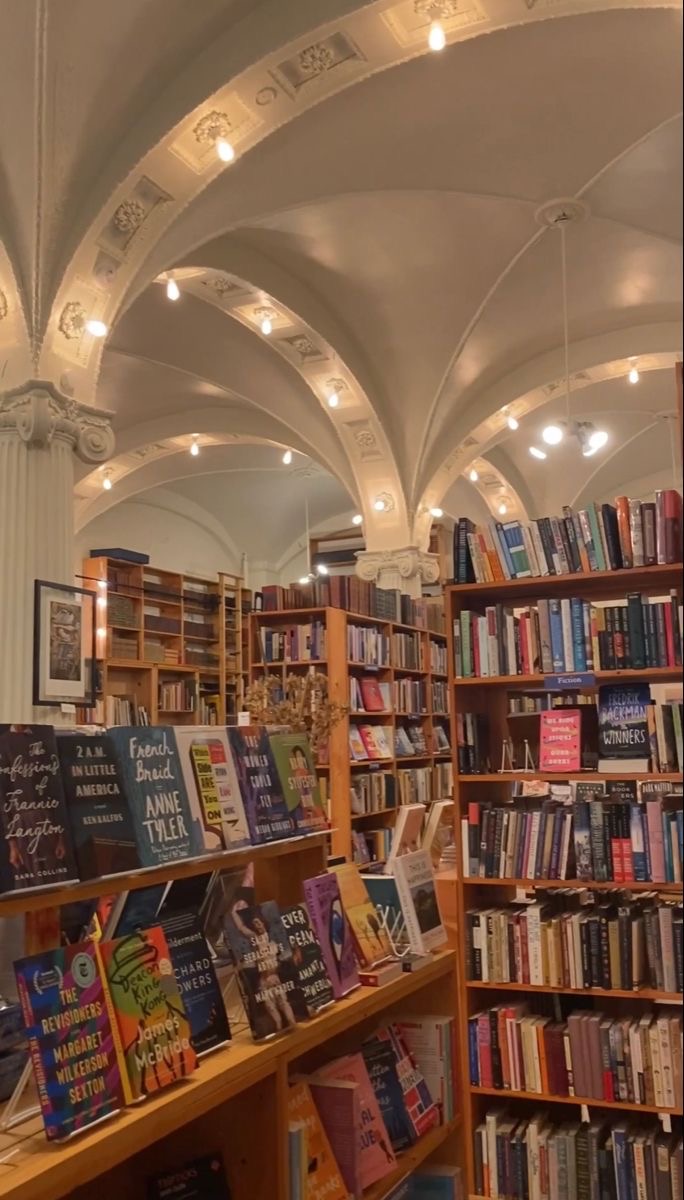Working Memory Model
Cards (71)
- What model did Baddeley and Hitch propose in 1976?
- What are the components of the working memory model?
- What does the central executive do in the working memory model?
- What is the capacity of the central executive?
- What does the phonological loop code?
- What is the primary acoustic store linked to?
- What is the role of the articulatory process in the phonological loop?
- How does the episodic buffer function in the working memory model?
- What does the visuo-spatial sketchpad deal with?
- What is the capacity of the visuo-spatial sketchpad?
- What are the two components of the visuo-spatial sketchpad?
- What does the episodic buffer link to?
- How does the working memory model describe short-term memory?
- What happens when attention is divided between tasks?
- What is the role of dual task studies in supporting the WMM?
- What did Baddeley and Hitch find in their dual task studies?
- What does the evidence from dual task studies demonstrate about short-term memory?
- Why is it harder to perform two similar tasks in the working memory model?
- What is the significance of the episodic buffer's addition in 2000?
- What is the template for writing a hypothesis in research?
- What are the components of the Working Memory Model (WMM)?
- What are the strengths and weaknesses of the Working Memory Model?
- How do different components of working memory interact during tasks?
- What two parts of the Working Memory Model (WMM) can be used simultaneously?
- Why was the words and words aloud task difficult?
- What does the WMM suggest about performing multiple tasks?
- What do dual task studies support about short-term memory (STM)?
- Who conducted research supporting the separate stores in STM?
- What happens when participants perform two similar tasks in the Articulatory Loop?
- What does the dual task study demonstrate about STM's structure?
- What did Cohen et al's research find regarding brain activity during tasks?
- What does the research by Cohen et al support about the phonological loop and VSSP?
- What is the Word Length Effect?
- Why do shorter words have an advantage in memory recall?
- What happens to the word length effect when rehearsal is prevented?
- What is the role of the Central Executive in the WMM?
- What does the case study of EVR suggest about the Central Executive?
- What does the evidence from EVR indicate about higher mental processes?
- How does Bryan's experience differ from Bob's while driving?
- Why can Bryan perform other tasks while driving?
